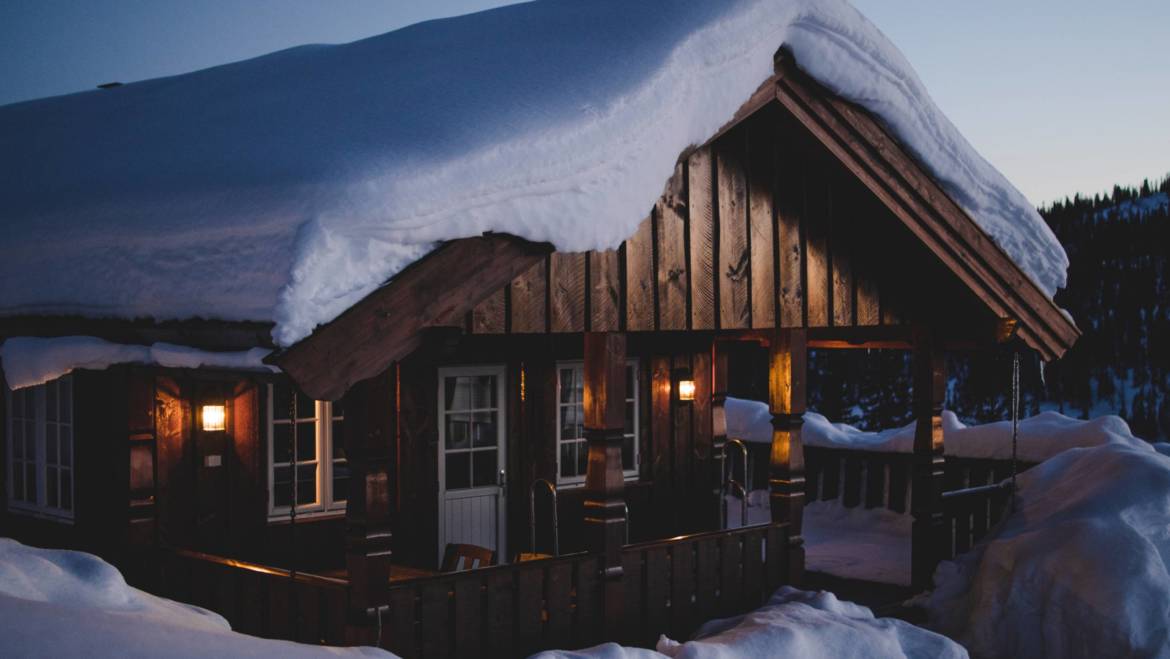If you live in a snowy climate, you’ve likely wondered how to get snow off your roof. Should you remove snow after a heavy snowfall, and is there a safe way to do it? We spoke with roofing expert Mike Reedy for advice on removing snow from the roof. Reedy has been working in the industry since 2005 and is the owner of Quality Built Exteriors, a home exterior and roofing business based in Chesapeake, Virginia.
How can snow build-up damage a roof?
Weight
When it comes to weight, chances are you’re safe if your roof is in good condition. That’s because local building codes usually dictate the minimum level of framing and support required for houses in your area. They base this figure on the average amount of snow each year. In an unusually active winter storm season, you may have issues, especially if you live in a climate that doesn’t typically experience snow. The weight will also escalate if there are several bad storms in a row without breaks in between for the snow to melt and start to run off.
Ice dams
Ice dams are another issue you may encounter during winter. They occur when snow on the roof starts to melt but refreezes before it has the chance to run off. The ice that forms can cause a blockage and prevent future melting water from running off. Instead, the excess water may back up under the shingles and potentially cause exterior and interior water damage to your home. The dwelling coverage on a homeowners insurance policy may cover the cost of repairing ice dam damage.
Unless you’re in the process of replacing your roof, Reedy says that, unfortunately, it may be hard to prevent ice dams. You can install an ice and water shield, the best tool to combat ice dams, underneath the roof shingles or a drip edge to redirect water. Learn more about how home insurance covers ice dams and how to protect your home from water damage.
Are there ways to prevent snow-build up on your roof?
When replacing a roof, picking the right type of roof shingles for your climate is essential. Asphalt shingles, metal, and wooden shingles all hold up well in cold and snowy climates. If your roof is due for a replacement, you may experience roof leaks or water damage after a snowfall. If you live in an area that’s prone to snowstorms, there are a few steps you can take to prepare:
- Place ice and water shields under your roof’s shingles
- Install a drip edge at the end of your roofline to redirect water
- Check your roof type to ensure your roofing material is appropriate for snow
- Check your roof’s overall condition annually to determine if roof shingles need to be replaced
Should I remove snow from my roof?
Reedy doesn’t recommend that the average person try to clear snow from a roof. He says that climbing onto a slick and icy roof is dangerous work that many professional contractors don’t even want to risk. Plus, it’s nearly impossible to clear snow from a roof, especially if it has frozen. Instead, Reedy advises that you plan ahead for severe weather and snowfall.
Reedy also shared some methods people use to remove snow from a roof that he advises against as they may cause even more damage. The first is using a snow blower, which may loosen the shingles on your roof. Another method is running water over the snow to encourage melting; this can backfire and lead to the formation of ice dams.
If you plan to replace your roof anytime soon, you may also consider a metal roof. Reedy says they’re gaining in popularity, particularly in the northern parts of the United States. Metal roofs are more functional in colder areas than shingled roofs and have a much longer average lifespan. Learn more about the cost of a new roof.
Credit: Life Lane

